Messier 80 (NGC 6093) – VdS Remote Hakos
As a member of the VdS remote observatory group, I have the privilege of using the VdS remote observatory in Hakos, Namibia. Members may process both their own datasets and those recorded by other users. In this case, the final result is based entirely on my own observations from the site.
For this dataset of Messier 80 (M80), I used the 12″ astrograph and the Takahashi Epsilon 160D simultaneously, combining the high resolving power of the larger aperture with the wide, fast field of the Epsilon. This dual-setup strategy provides both a detailed examination of the dense cluster core and a broader look at the surrounding stellar environment.
Scientifically, Messier 80 is one of the most remarkable globular clusters in the Milky Way. Located in the constellation Scorpius at a distance of roughly 32,600 light-years, M80 is classified as a core-collapsed globular cluster—a system whose central region has undergone gravitational contraction, resulting in an exceptionally dense and luminous core. With a Shapley–Sawyer concentration class II, it is among the most compact globular clusters known.
The stellar density in its core is so extreme that close encounters, binary interactions, and even stellar collisions are far more common than in typical globulars. This environment has produced a notably high population of blue straggler stars—massive, unexpectedly young-appearing stars that likely form through mergers or mass transfer in binary systems. M80 contains one of the richest concentrations of blue stragglers in the Milky Way, making it an important laboratory for studying stellar evolution under extreme crowding.
M80 has also been the site of significant historical events. In 1860, the nova T Scorpii erupted within the cluster, temporarily becoming bright enough to rival the brightest cluster stars. Such an event—likely a classical nova resulting from a white dwarf accreting material from a companion—highlights the extraordinary dynamical interactions happening within this dense stellar environment.
Because of its compact core, high stellar density, and exceptional blue-straggler population, Messier 80 provides a fascinating contrast to more diffuse globular clusters. Imaging it with both the 12″ astrograph and the Epsilon 160D offers an opportunity to capture not only its brilliant core but also the faint halo stars and field population surrounding this extraordinary cluster.
All data calibration, registration, and final processing were performed in PixInsight.
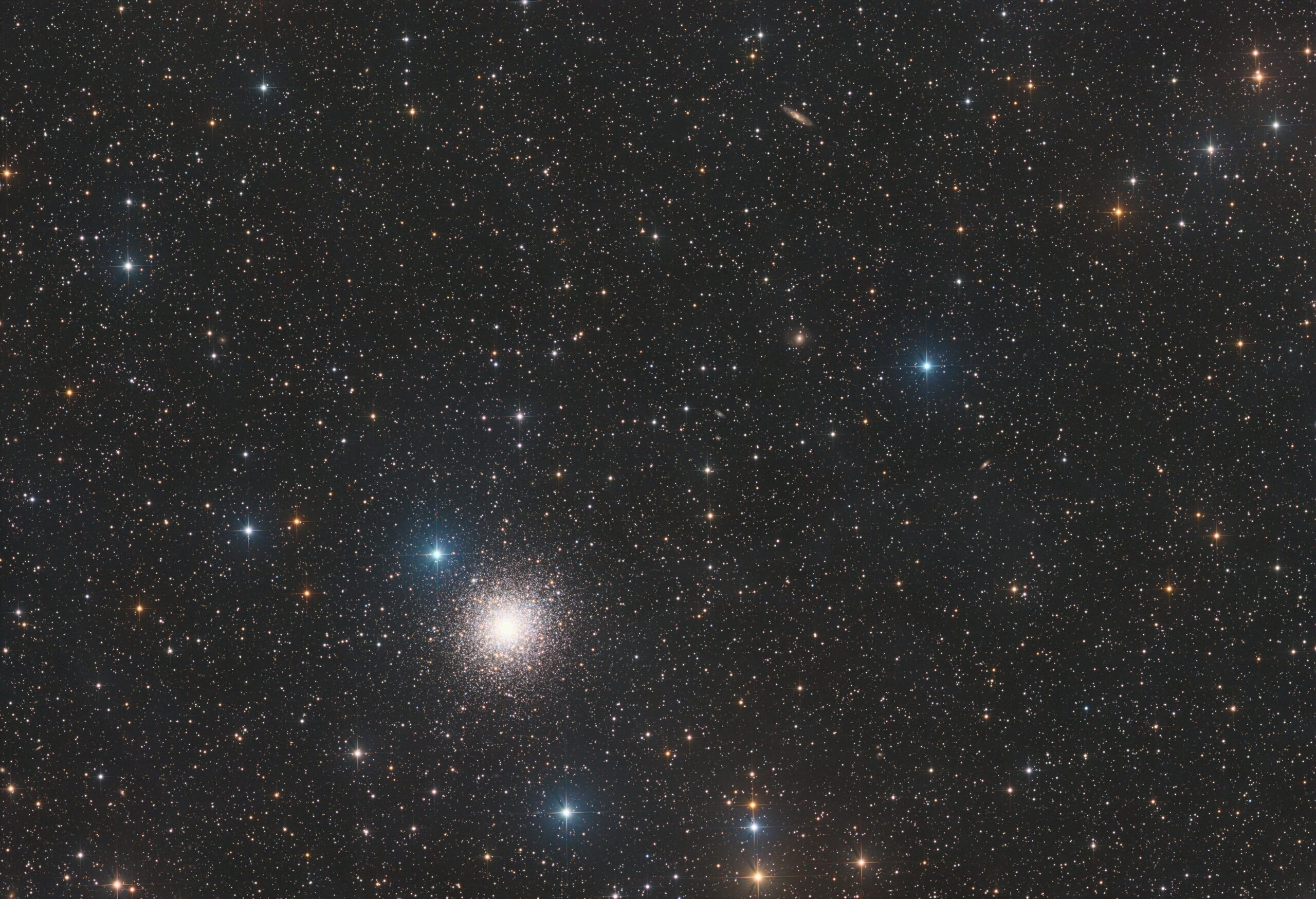

In the image you can find many quasars. The most distant of them is:
MQ J161450.51-224738.6 with a redshift of 2.3.
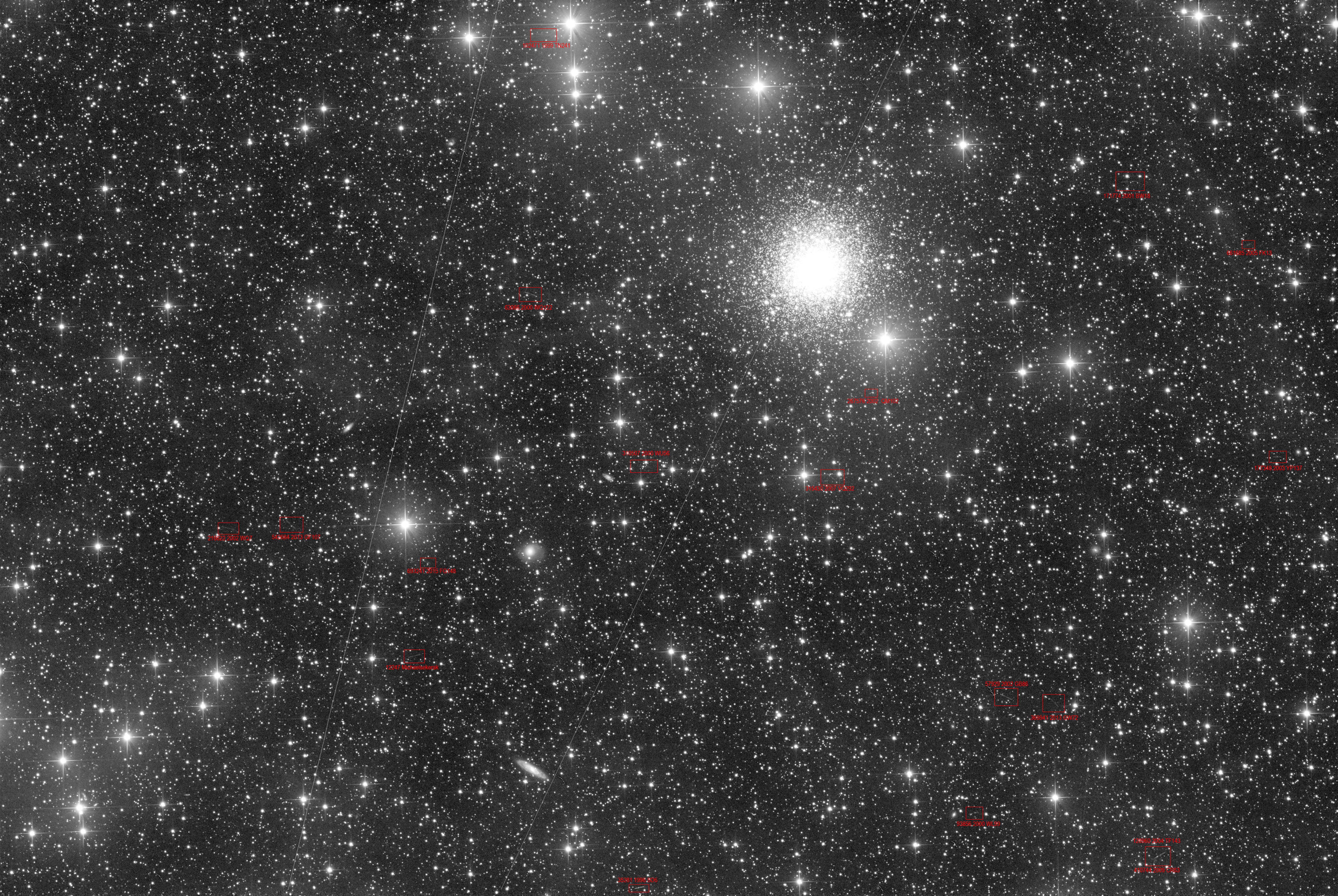
In the image are a lot of known asteroids:
- 12247 Michaelsekerak 19,50 mag
- 35281 1996 SD6 19,20 mag
- 57929 2002 GB96 19,10 mag
- 63066 2000 WQ122 19,60 mag
- 93856 2000 WL99 20,30 mag
- 102471 1999 TN241 20,10 mag
- 128960 2004 TF143 19,60 mag
- 171774 2001 BW18 20,10 mag
- 177348 2003 YP137 20,50 mag
- 216622 2002 WQ7 20,00 mag
- 254931 2005 SH136 20,60 mag
- 267576 2002QM102 20,10 mag
- 310507 2000 WU56 20,80 mag
- 315430 2007 VQ292 20,10 mag
- 369941 2013 GW72 20,20 mag
- 410744 2009 CR63 20,90 mag
- 415052 2012 AW6 21,00 mag
- 508234 2015 HK20 20,80 mag
- 542684 2013 GF107 20,10 mag
- 661685 2005 FK13 20,80 mag
- 693241 2015 FG148 21,20 mag
The images were taken with the following equipment:
- Date: 2024
- Location: Hakos, Namibia
- Telescope/Lens: TS 12“ Newton-Astrograph
- Focal length [mm]: 1391
- Focal ratio: 4.56
- Mount: 10Micron GM3000
- Camera: Lacerta DeepSkyPro2600 (mono)
- Filter: LRGB
- Exposure time [min]: 125:70:75:75
- Resolution: 0.56″/px


In the image you can find many quasars. The most distant of them is:
WISEA J161420.42-224300.8 with a redshift of 2.7.

in the image you can find several known asteroids:
- 3095 Omarkhayyam 17,43 mag
- 9462 1998 HC37 17,29 mag
- 10192 1996 OQ1 18,31 mag
- 15693 1984 SN6 17,12 mag
- 17559 1994 AR1 18,18 mag
- 22719 Nakadori 17,52 mag
- 25810 2000 CO127 18,32 mag
- 31184 1997 YZ4 18,49 mag
- 35746 1999 GX31 18,07 mag
- 44682 1999 RK197 18,52 mag
- 86788 2000 GX98 18,04 mag
The images were taken with the following equipment:
- Date: 2024
- Location: Hakos, Namibia
- Telescope/Lens: Takahashi Epsilon-160ED
- Focal length [mm]: 535
- Focal ratio: 3.3
- Mount: 10Micron GM3000
- Camera: Lacerta DeepSkyPro2600 C
- Filter: Clear
- Exposure time [min]: 291
- Resolution: 1.45″/px
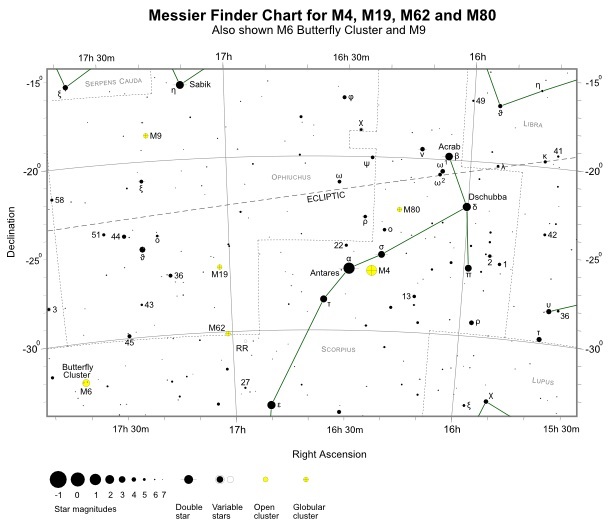
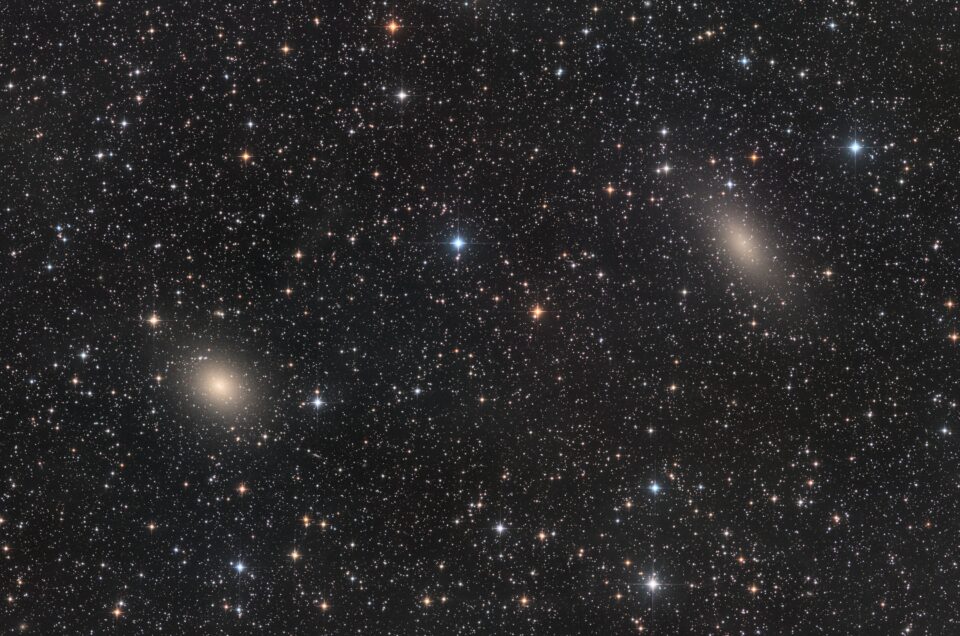

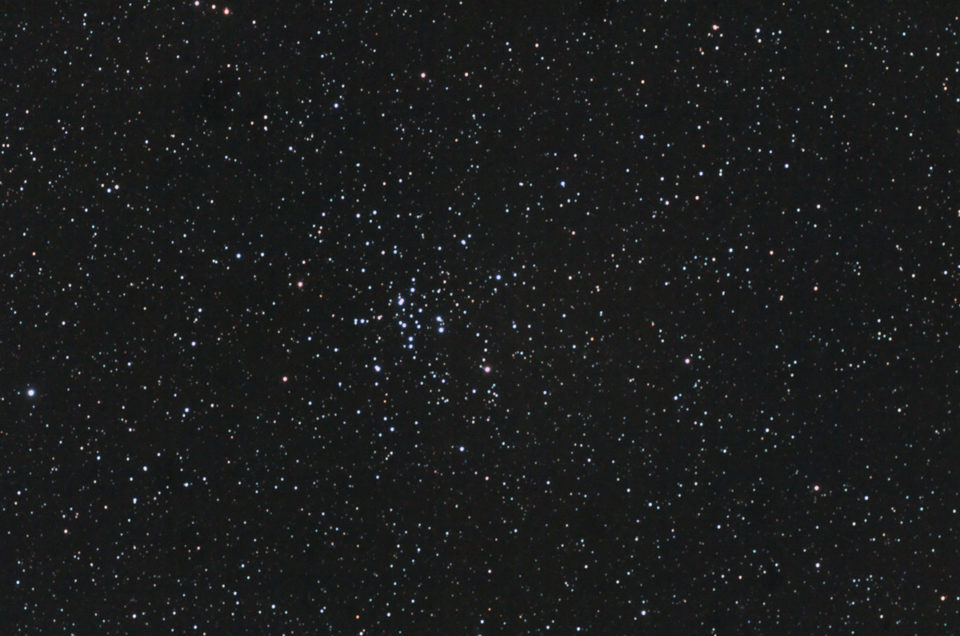
Leave a reply